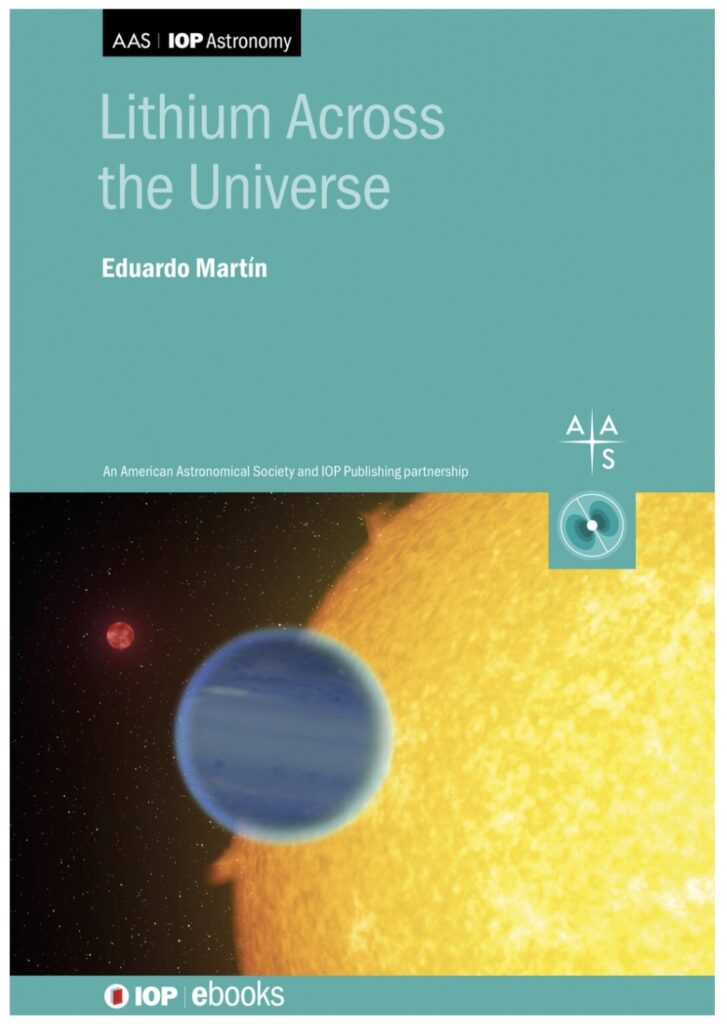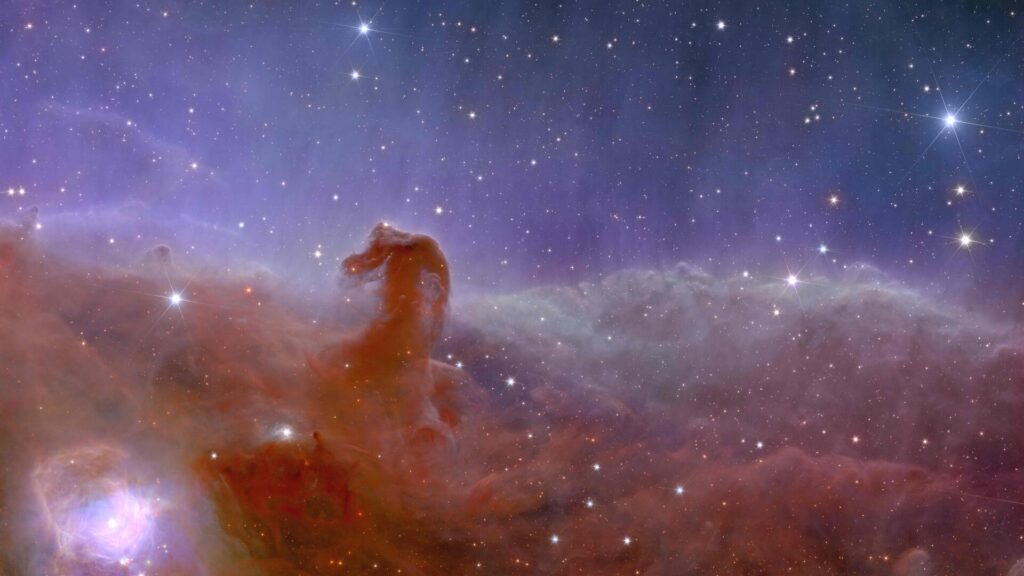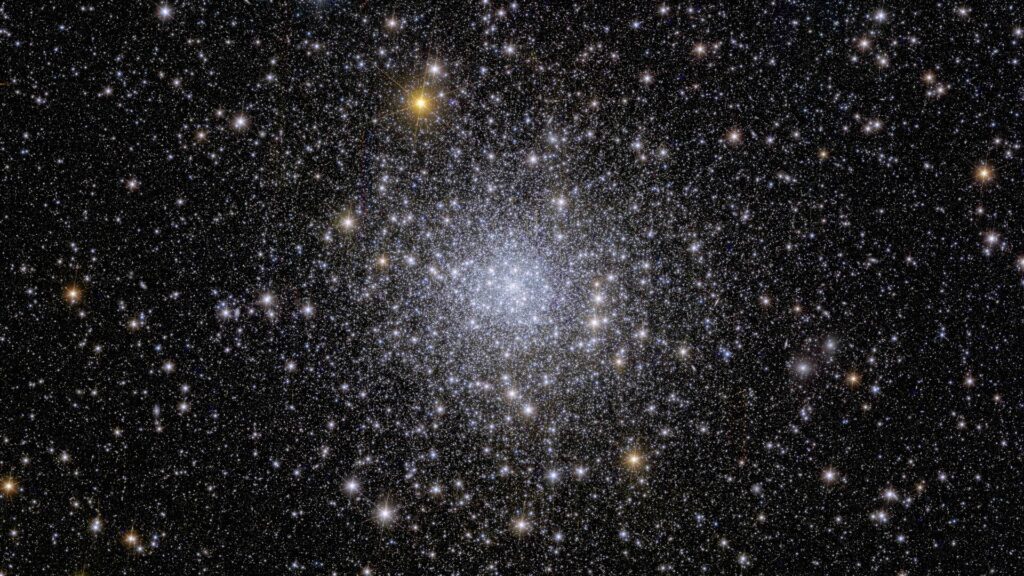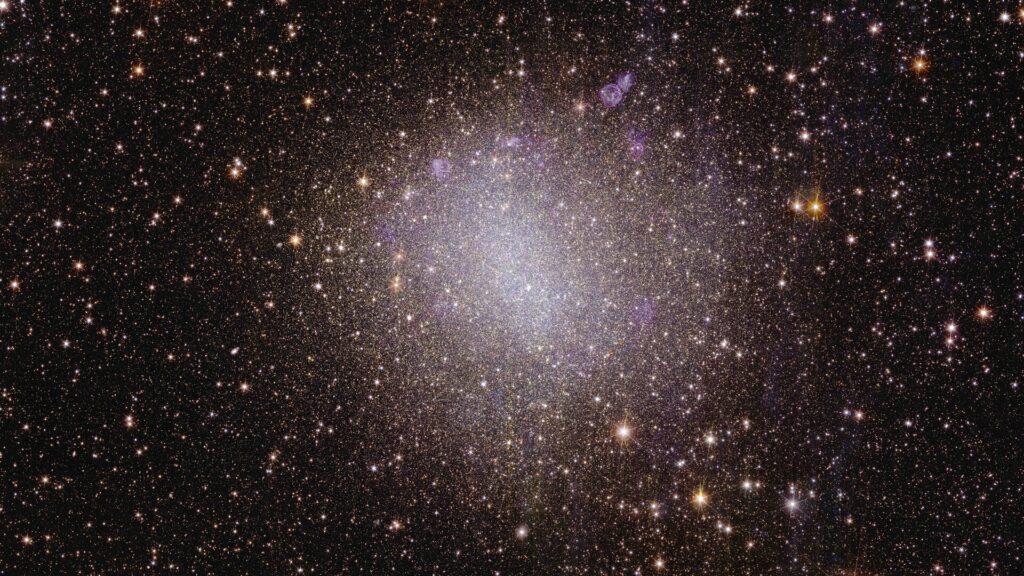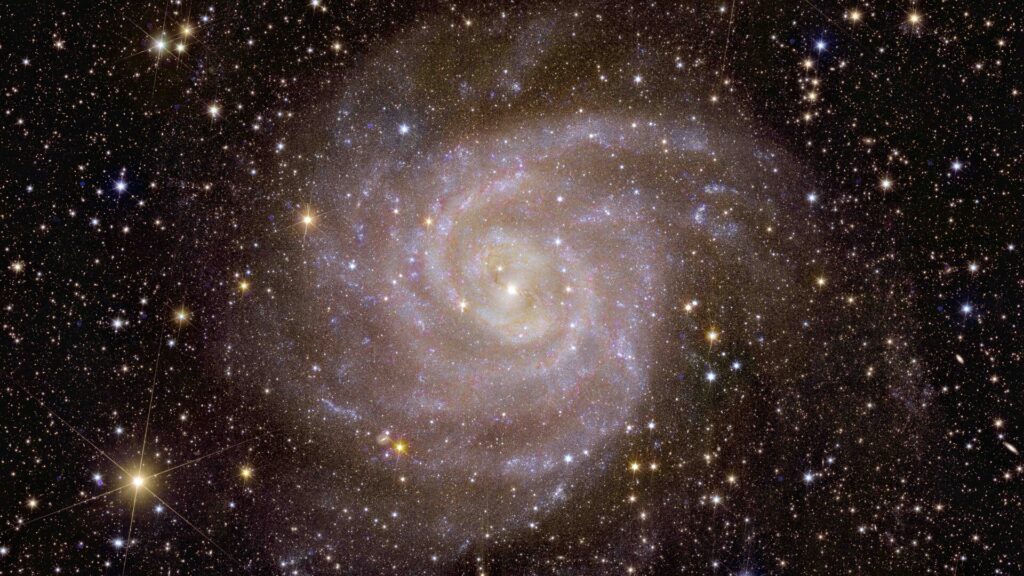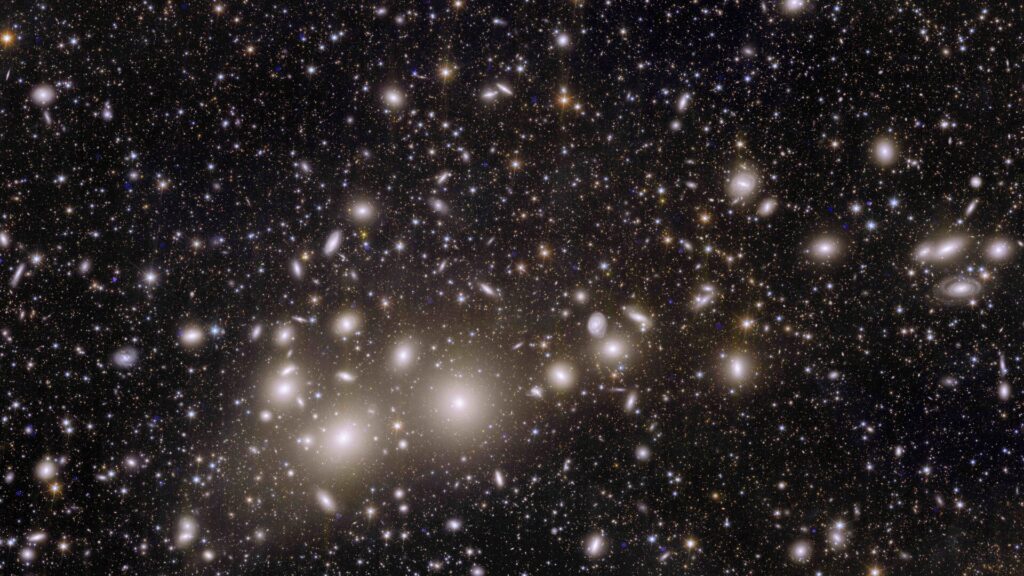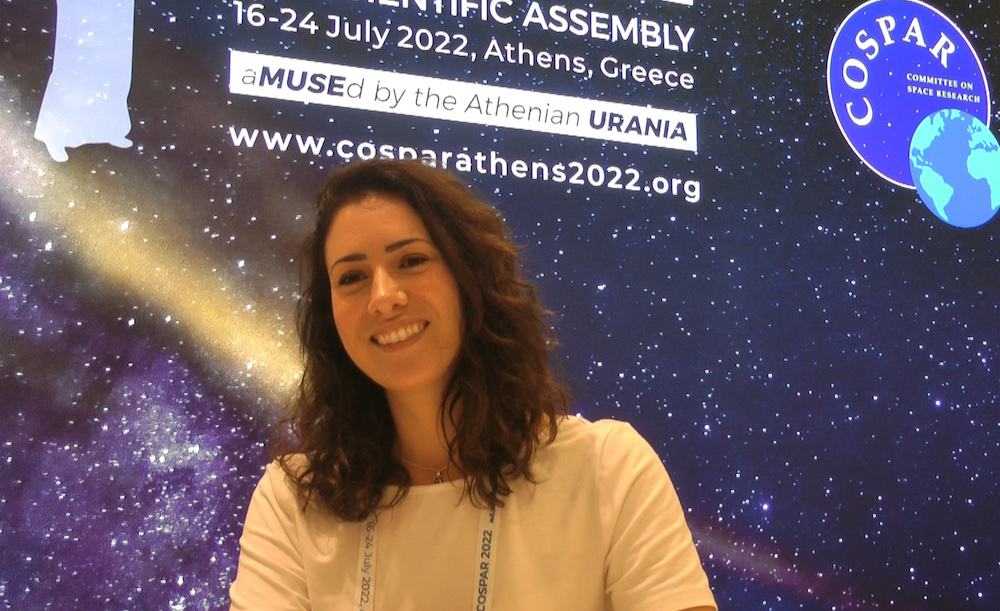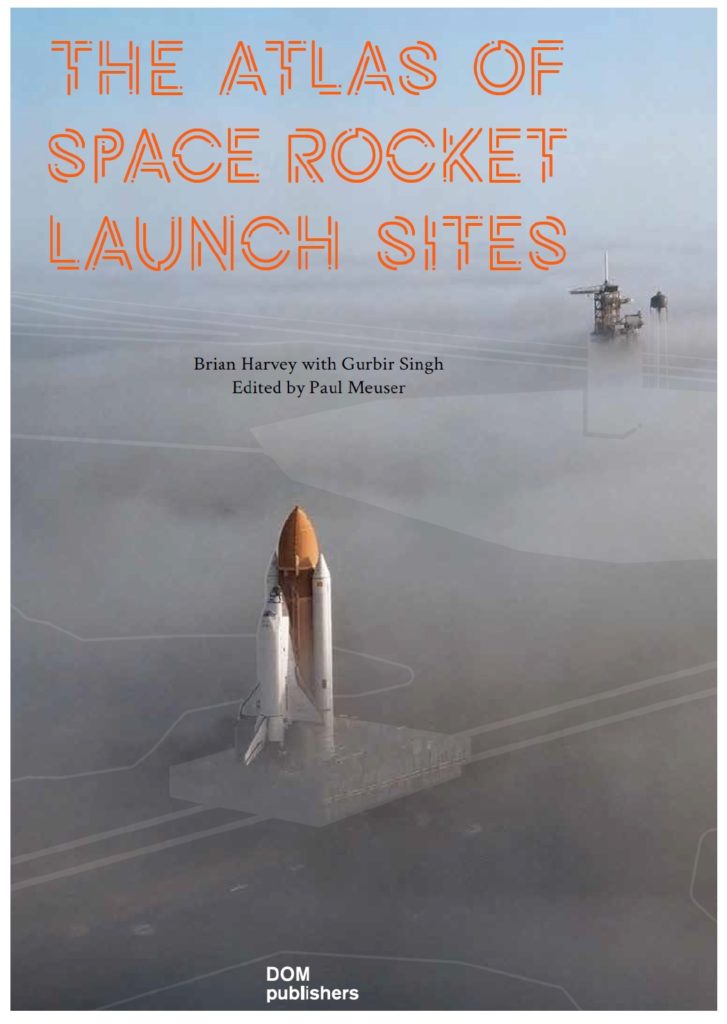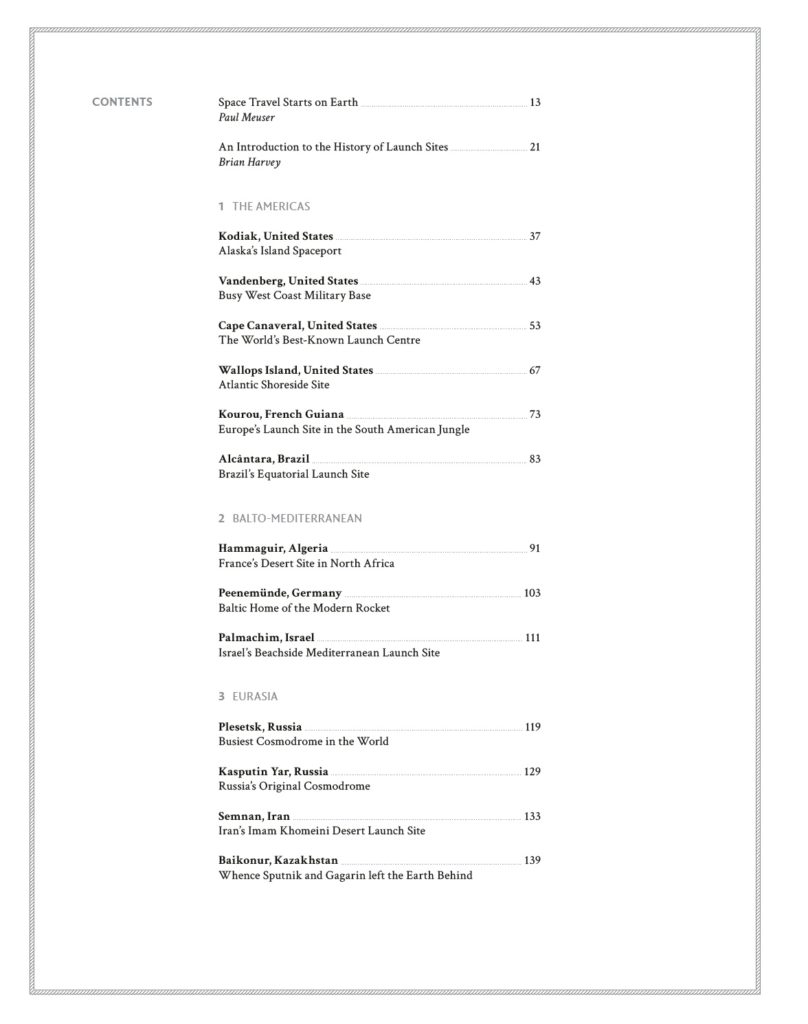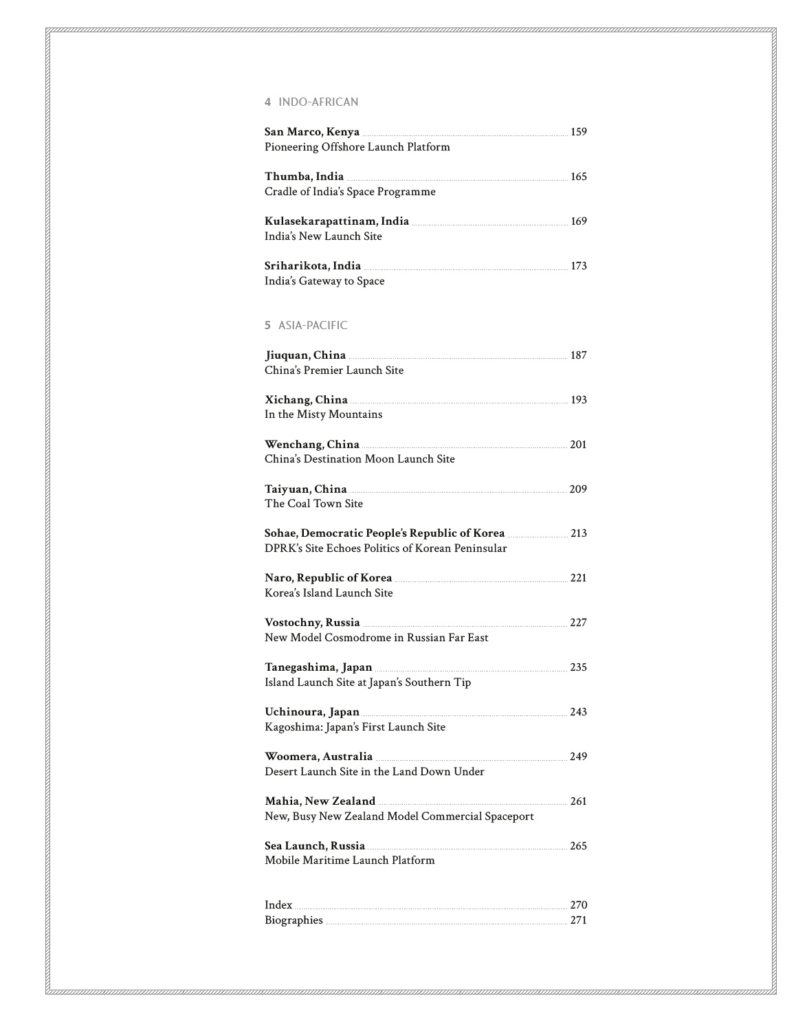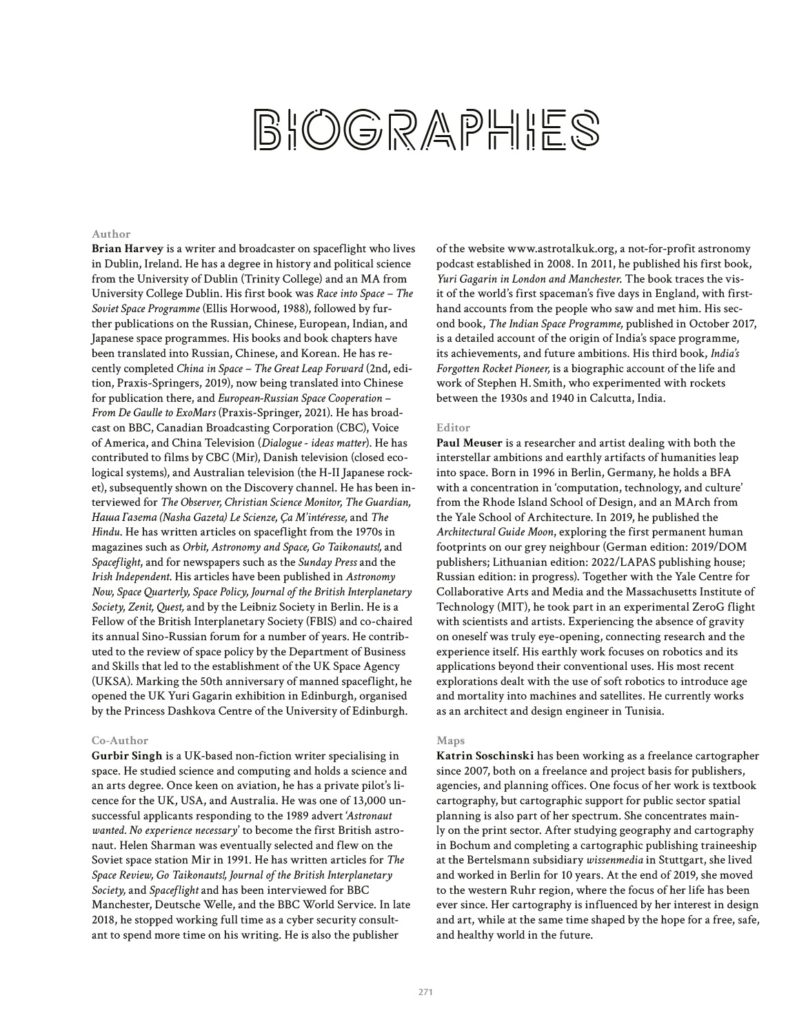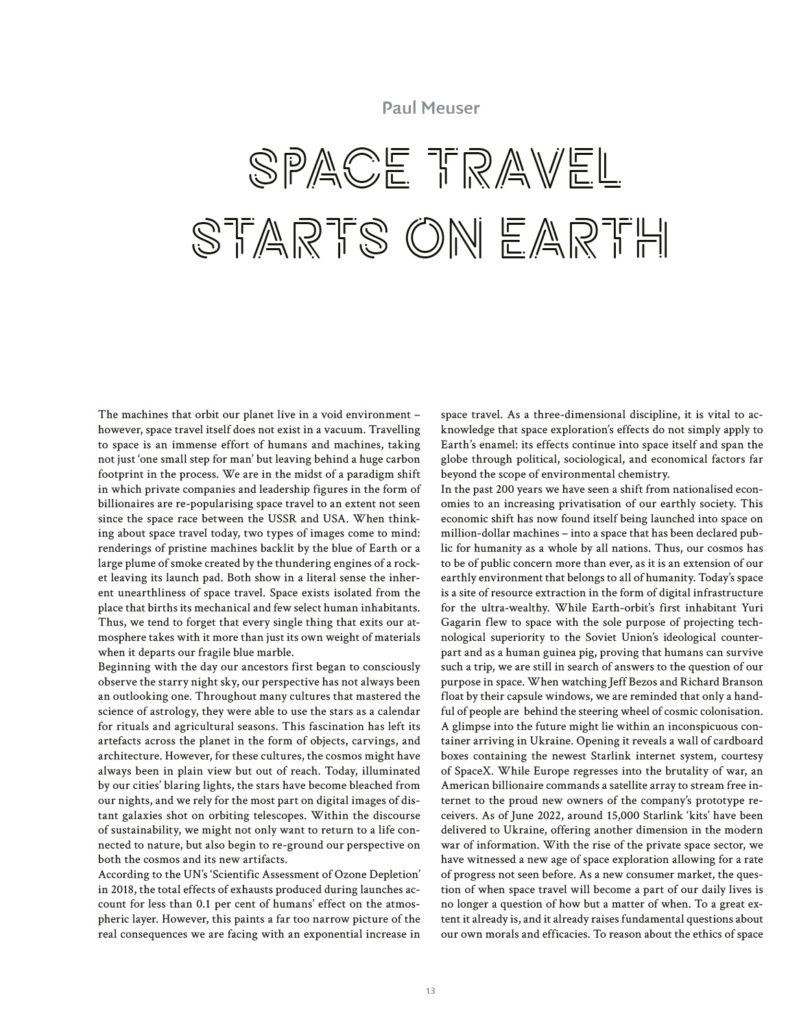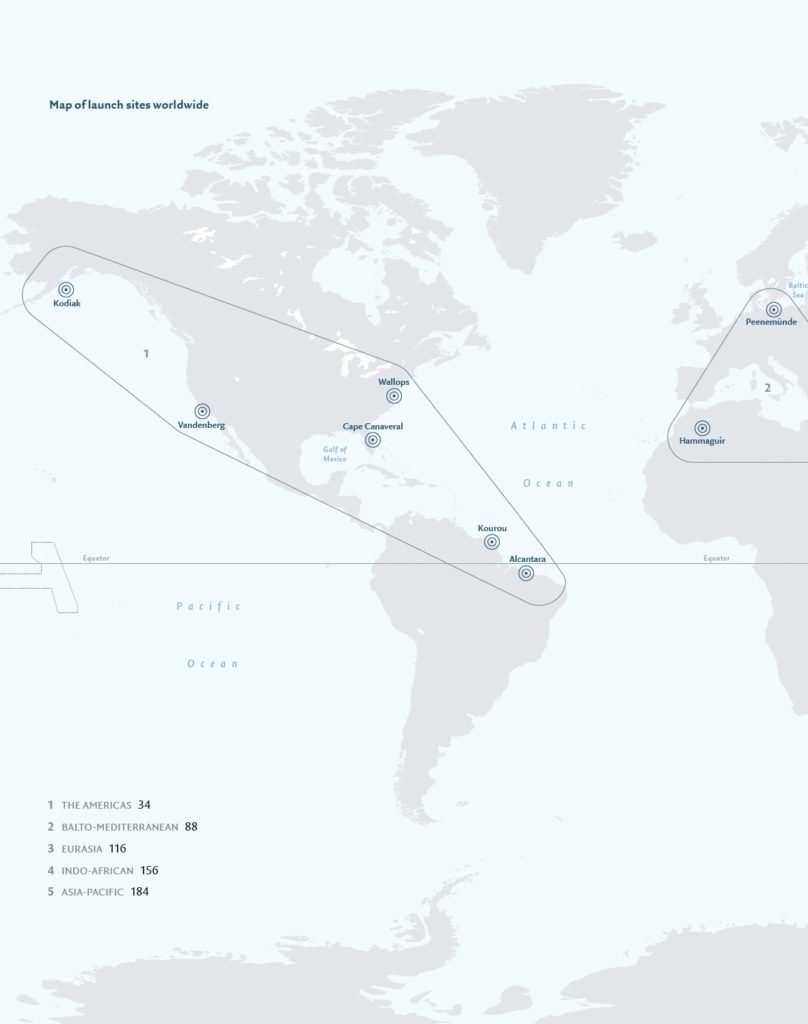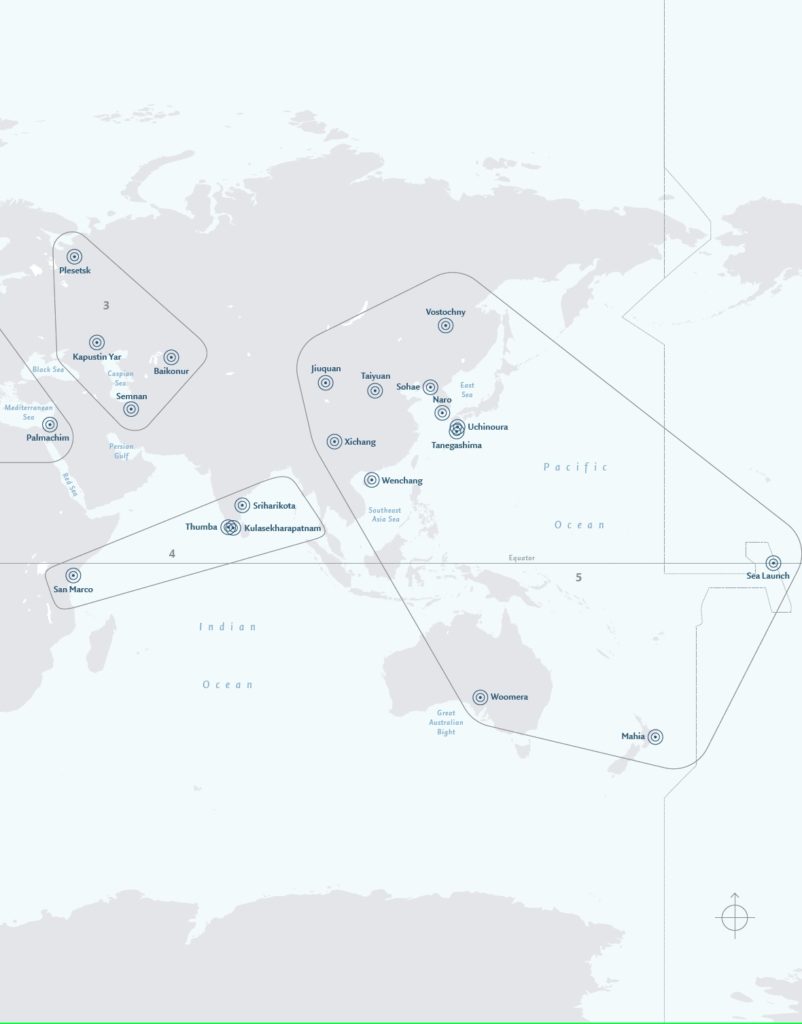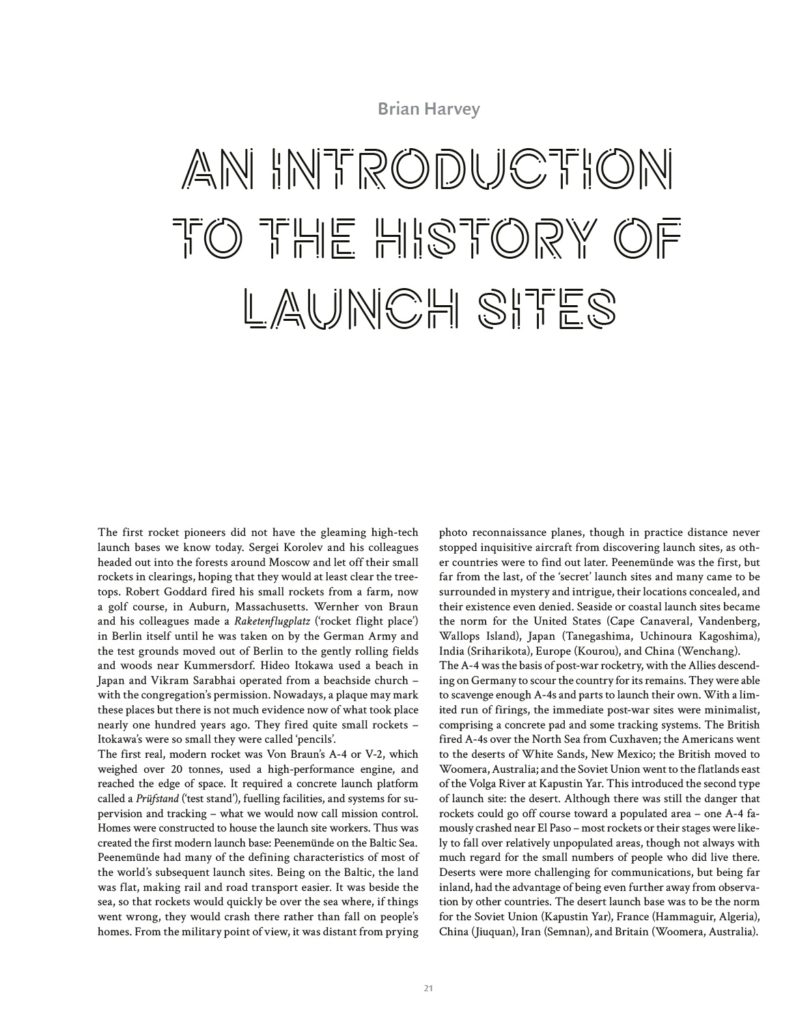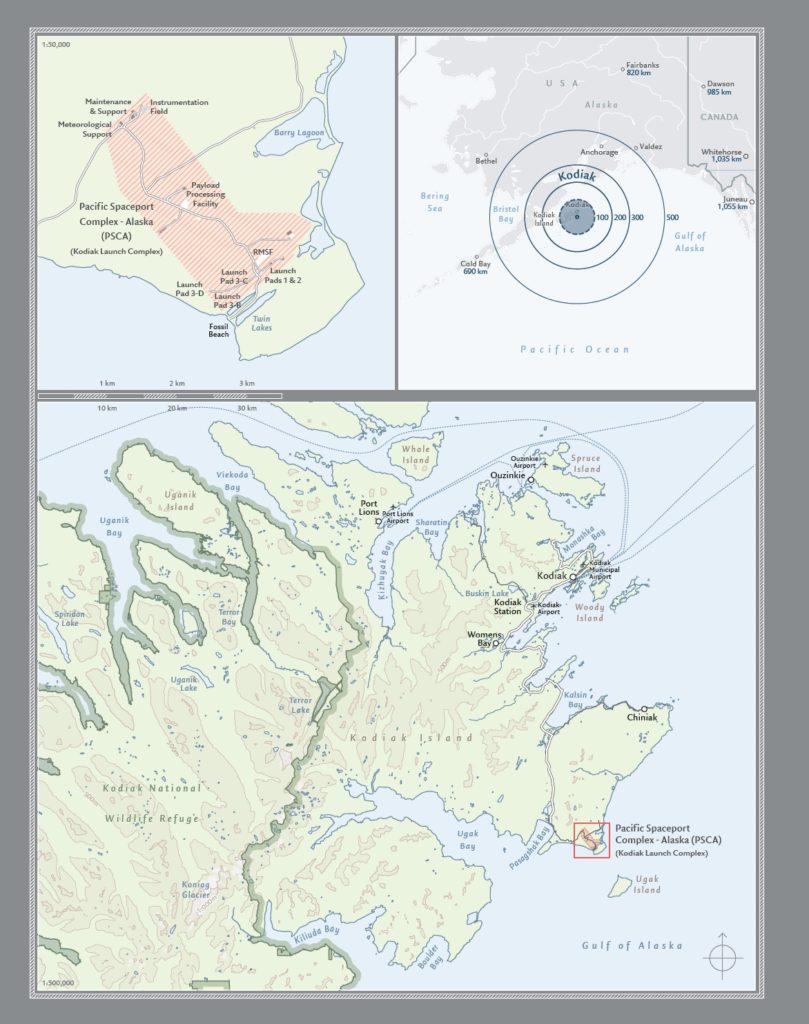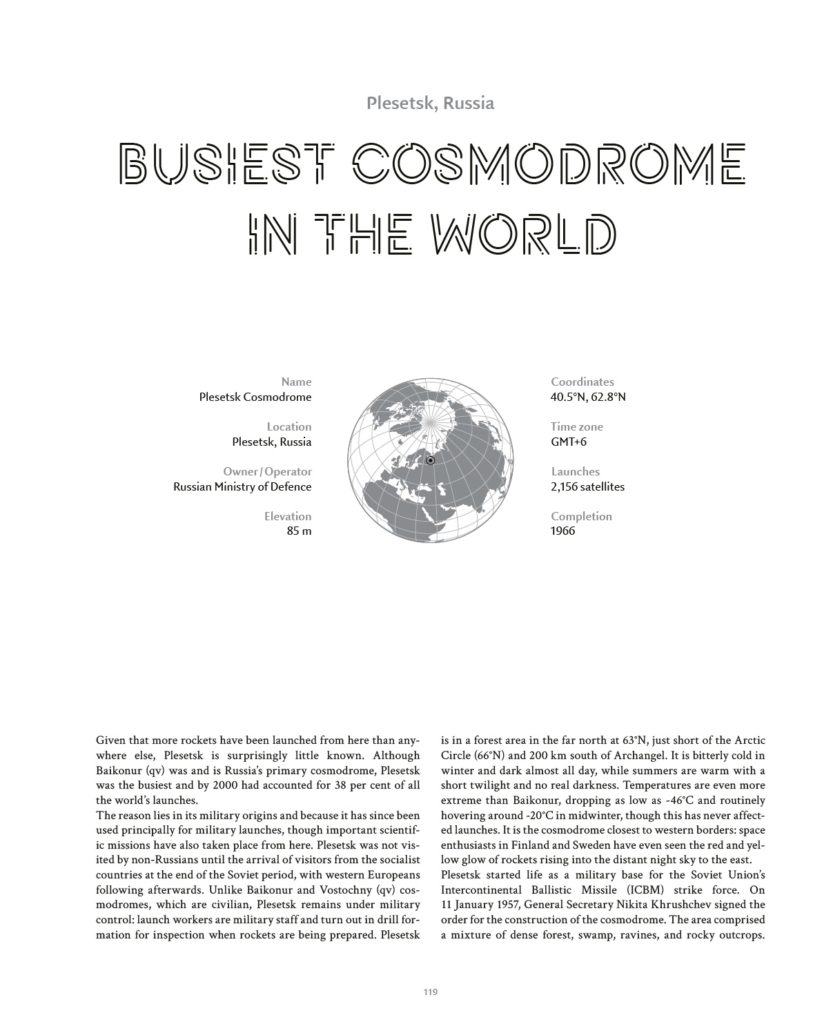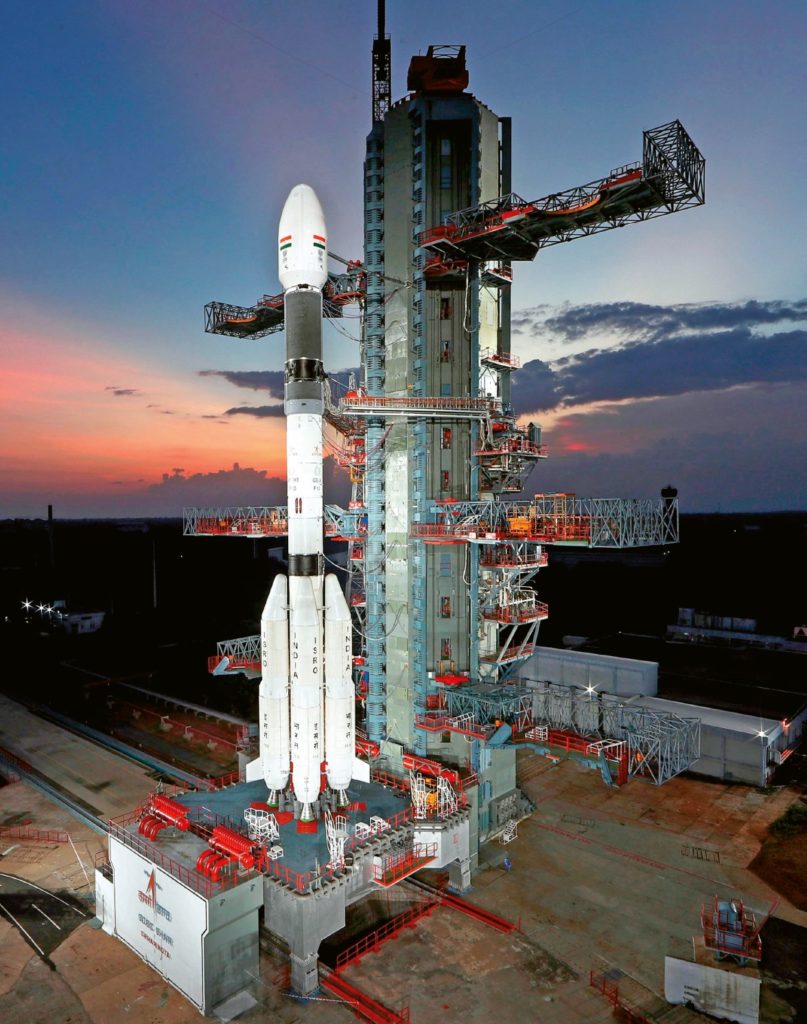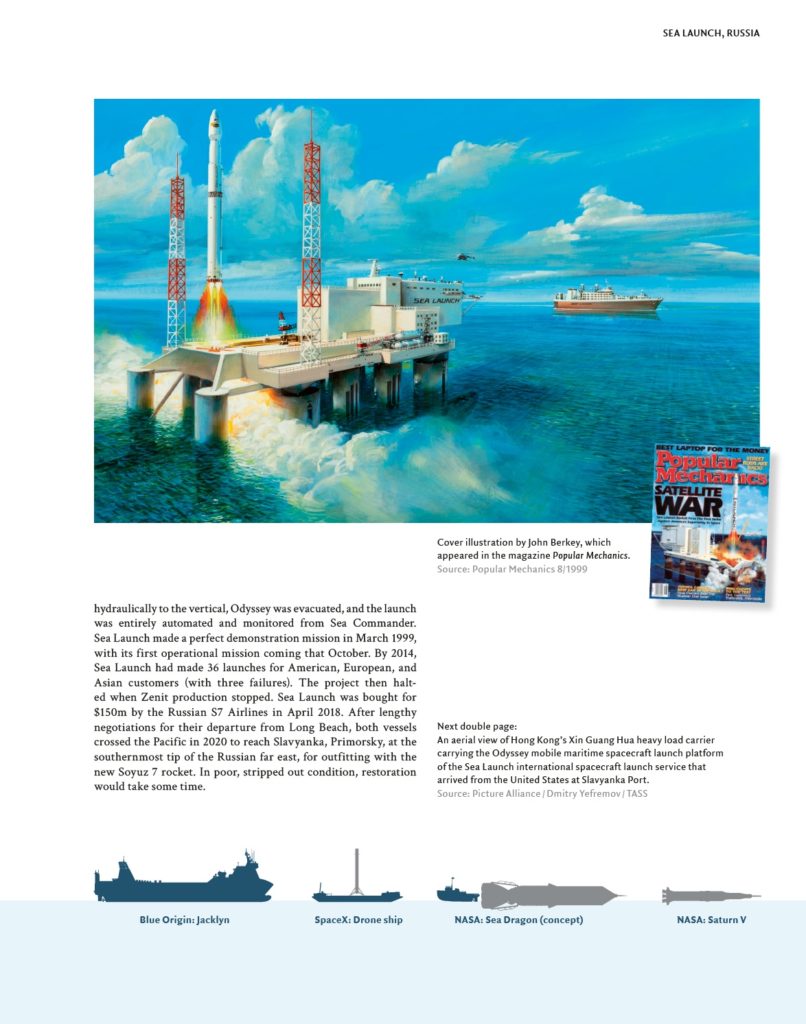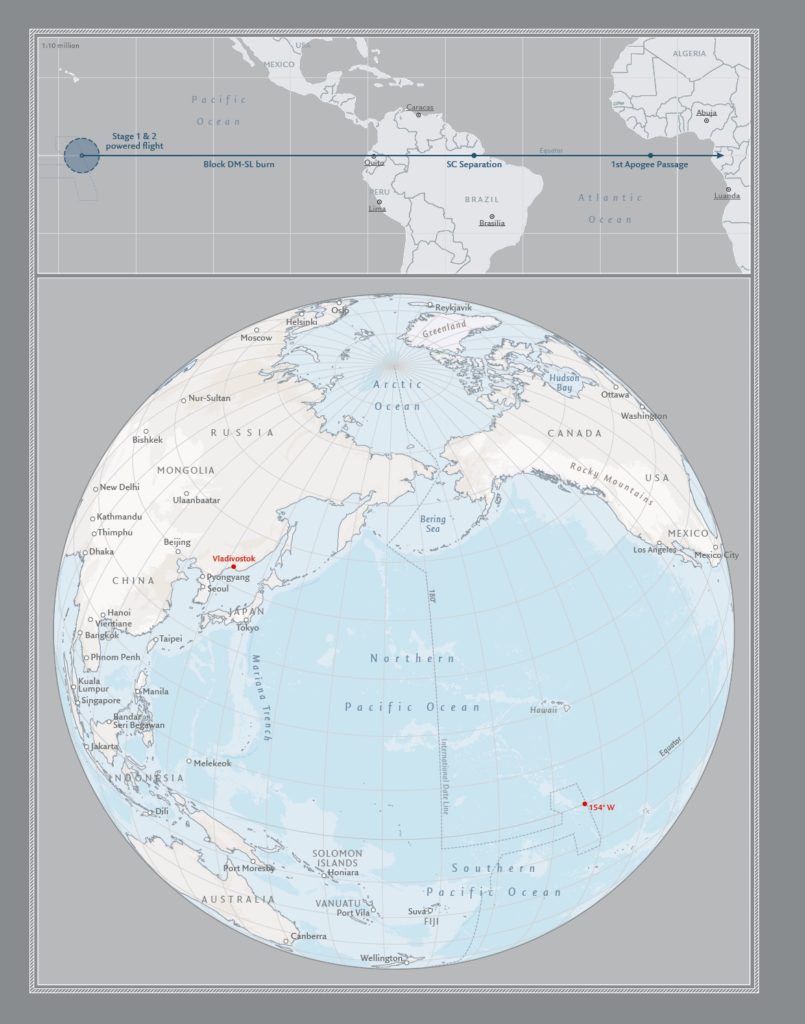This episode was recorded in Tenerife with Professor Eduardo L Martín who is based at the Instituto de Astrofísica de Canarias. He is working on the European Space Agency’s mission, Euclid.
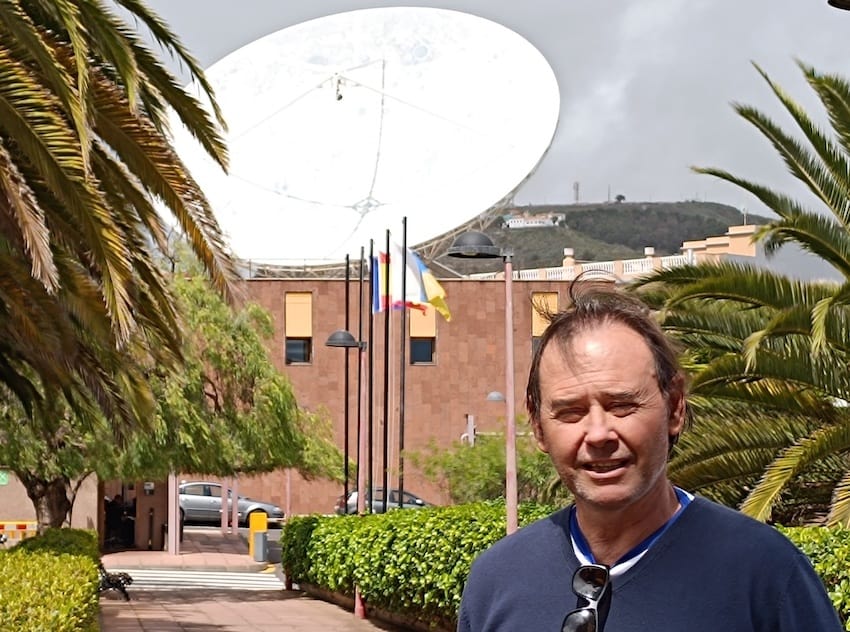
In time Euclid will shed light on both dark matter and dark energy. It was launched in July 2023 and arrived in its L2 orbit a month later. It has just two instruments which will produce a high-resolution 3-D map of a third of the sky, stretching back 10 billion years during its initial 6-year operational lifetime.
Professor Martín is not part of the Euclid Consortium the around 2500 scientists and engineers from more than a dozen countries who operate the Euclid Mission. He is one of the two Euclid mission Independent Legacy Scientists. Professor Martín is a specialist in substellar bodies, that is celestial bodies with a size about that of Jupiter but with around 50 times its mass. When initially theorised in the 1960s they were called Black Dwarfs but renamed in the 1970s by Jill Tarter as Brown Dwarfs.
Brown Dwarfs generate energy only through gravitational compression, not nuclear fusion. There is an overlap in surface temperature between young brown dwarfs and old very low-mass stars. Martín and his collaborators have developed spectroscopic methods to distinguish brown dwarfs from stars, in particular the Lithium test. More about this interesting role of Lithium in cosmology in Professor Martín’s book published in 2023 by the Institute of Physics, entitled “Lithium Across the Universe“. You can download several free-to-read chapters – here.
Brown Dwarfs emit mostly in the infrared not optical light as our sun. One of the two instruments on Euclid operates in the infrared and can detect these “dark ultracold objects of substellar mass“. Does Professor Martin think Euclid will find Brown Dwarfs? He told me in this recording, “that is what I put in the proposal so we had better do now”. He is supported by a postdoc Marusa Zerjal and a student Diego Martin, funded by the European Research Council.
The first images were released in November 2023. The spacecraft and its instruments are operating well and sending data. More about the Euclid mission, images released so far and a summary of the attributes of Normal Matter, Dark Matter and Dark Energy below.
Perhaps the most pressing question for astrophysicists is what is the cosmos made of. They have known for a long time that visible matter accounts only for the 5%, Dark Matter, 27% and Dark Energy 68%. Currently, most of the attributes of Dark Matter and Dark Energy remain a mystery. Helping to shed some answers to these questions is Euclid’s primary goal.
The visible matter is something we are surrounded by. It responds to all 4 known forces, electromagnetic, gravitation, and the strong and weak nuclear force. Dark matter is not dark, it’s invisible and is only detected through its gravitational influence on the matter we can see. Gravitational lensing is one manifestation.
Whereas gravity is a force of attraction, Dark Energy is repulsive, powering the expansion of the Universe. Its effects are observed by monitoring type 1a supernovae in distant galaxies. Some scientists consider Dark Energy as the Cosmological Constant that Einstein initially added and then removed from his General Theory of Relativity. The Cosmological Constant is now considered by some as the 5th fundamental force, after gravity, electromagnetism, and strong and weak nuclear forces.
Summary of attributes for Normal Matter, Dark Matter and Dark Energy
| Attribute | Normal Matter | Dark Matter | Dark Energy |
|---|---|---|---|
| Formation Time | Shortly after the Big Bang | Likely formed shortly after the Big Bang | Believed to have originated with the expansion of the universe |
| Location | Everything we can see including Galaxies, stars, planets and the interstellar medium | Primarily in galactic halos, halos around galactic clusters and permeates the universe | Homogeneously distributed throughout space, associated with vacuum energy |
| Observational Evidence | Emission and absorption spectra, visible light, X-rays, cosmic microwave background | Gravitational effects on visible matter, galaxy rotation curves; Dark matter inferred from galaxy cluster dynamics by Fritz Zwicky, 1933). Galaxy rotation curves suggest dark matter and the work of Vera Rubin from the 1970s. Observation of gravitational lensing. | Acceleration of cosmic expansion, distant Type 1a supernova observations by Saul Perlmutter, Brian Schmidt, Adam Riess (1998-1999). In time, it may turn out to be the 5th fundamental force. |
| Interaction with Electromagnetic Force | Strong interaction, contributes to various spectra and emissions | Weak or non-existent interactions with light and other EM waves | Weak or non-existent interactions with light and other EM waves |
| Interaction with Gravitational Force | Experiences gravitational attraction with other matter | Experiences gravitational attraction, influencing cosmic structures. | Exhibits a repulsive gravitational effect, driving cosmic expansion |
| Percentage Composition in the Universe | ~4.6% of the total mass-energy content | ~26.5% of the total mass-energy content | ~68.9% of the total mass-energy content |
Podcast: Play in new window | Download (Duration: 48:53 — 89.5MB) | Embed
